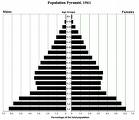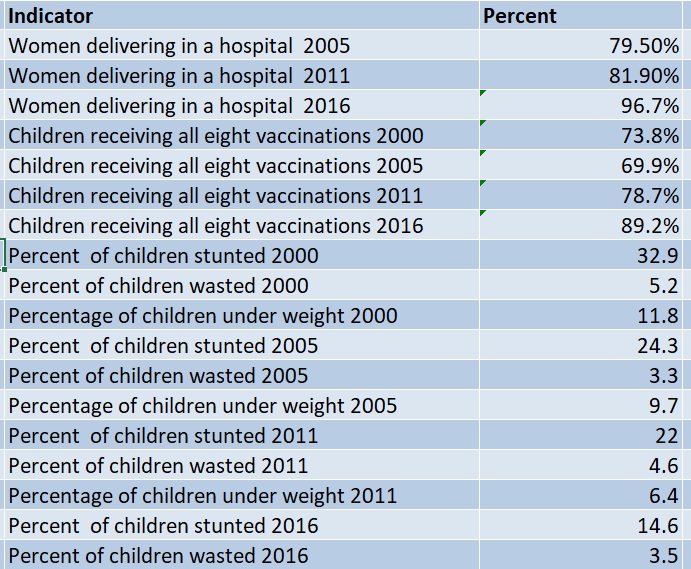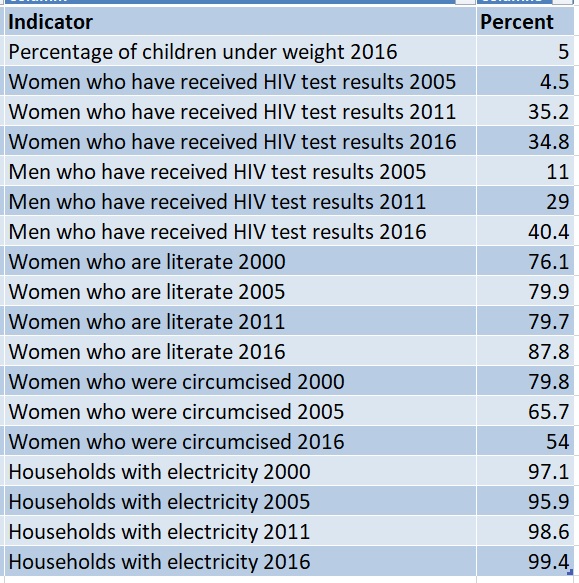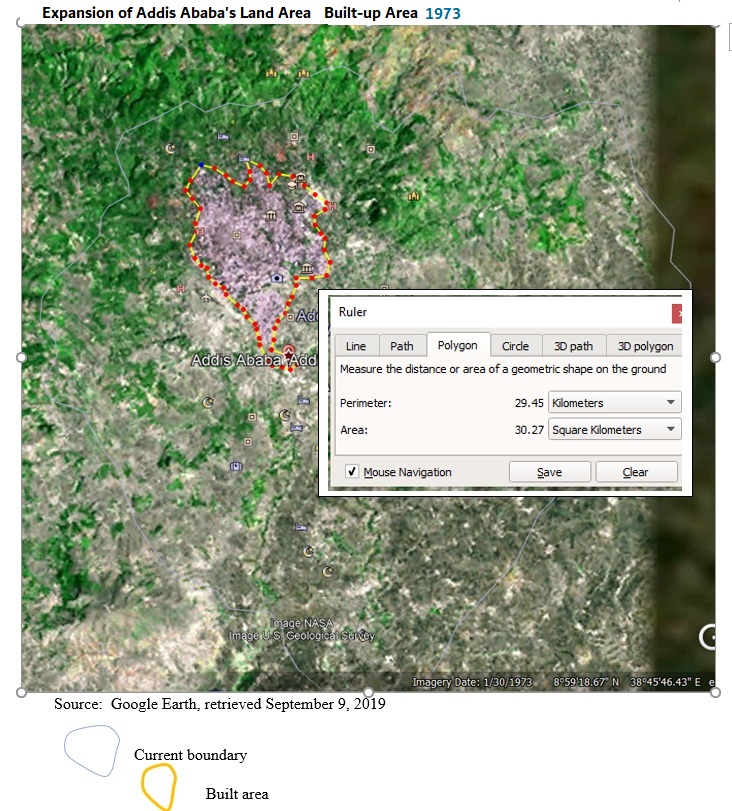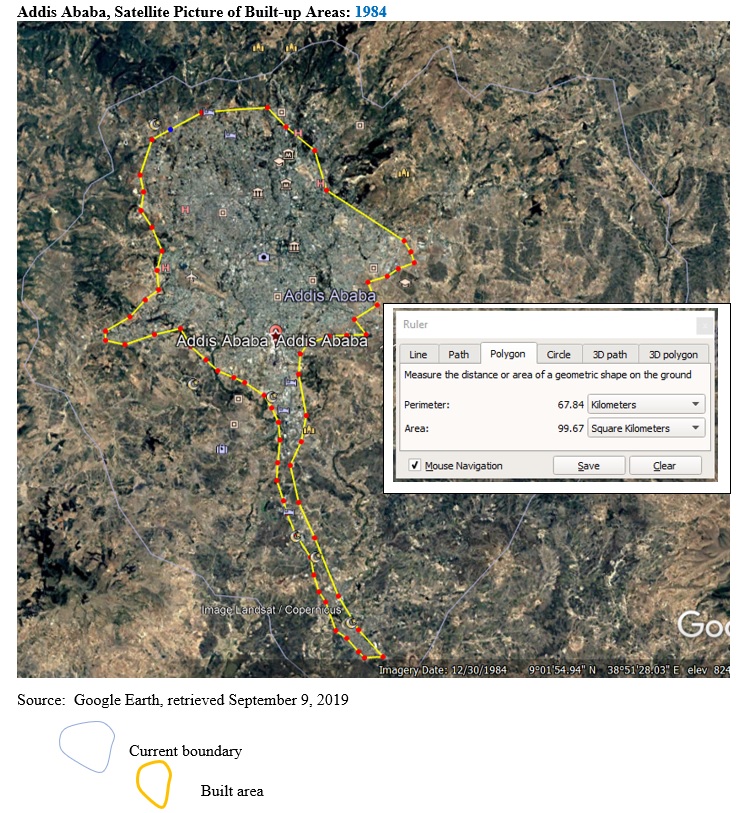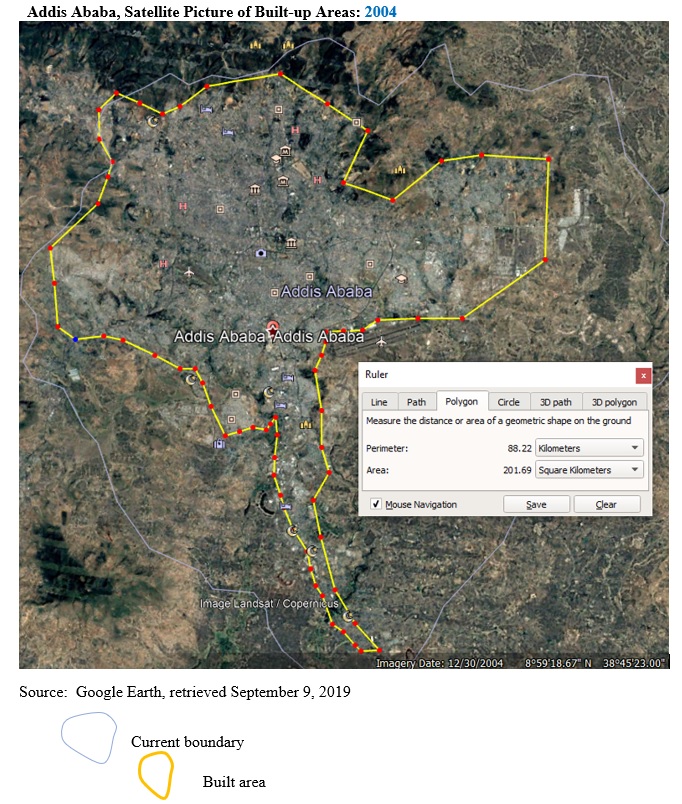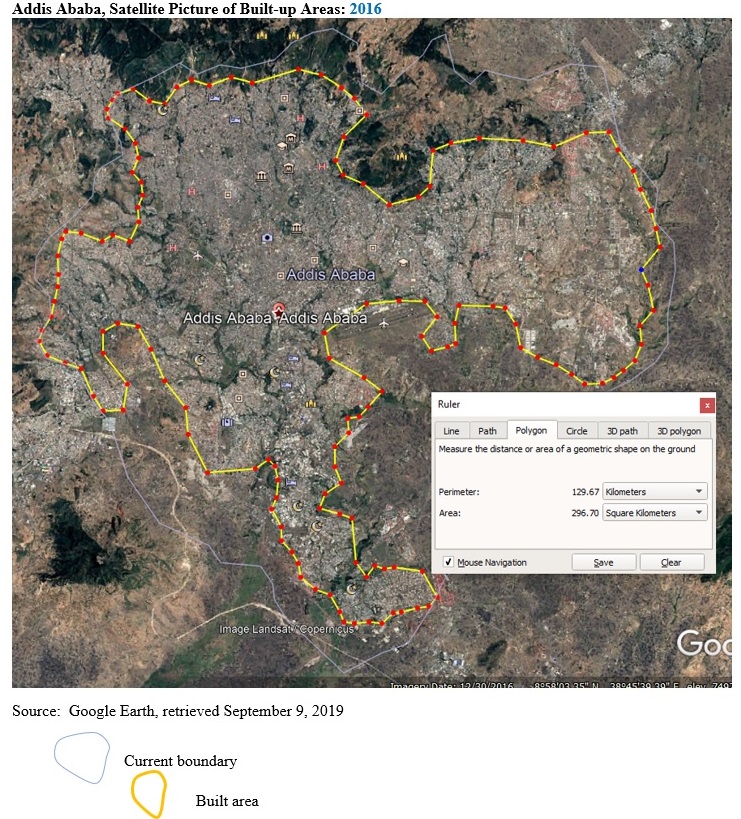Addis Ababa
A Brief History
Located at the foothills of the Entoto Mountains Addis Ababa remains an accidental capital of a land-locked nation, having saved itself from eternal oblivion by the introduction a century ago, of a new source of fuel – the Eucalyptus. Its founding was preceded by decades, even centuries, of wandering capitals whose fate seemed tied to ability to access wood, yes wood, in nearby locations both as fuel source and for construction. It is the third highest capital in the world.
At the start of the 21st century, it remains a vibrant space with the biggest open market in Africa – Mercato. It is also the permanent seat of the African Union (AU) and the Economic commission for Africa (ECA). It is probably the most egalitarian capital city in the world where the “rich” co-mingle with the down-trodden with apparent ease, the latter holding no grudge toward the former.
Individual differences exist, but in general, the phrase “Ye Addis Ababa Lij”, conjures an image of an eternal optimist atop the list of groups/individuals refusing allegiance to population classifications based on immutable divisive thought processes, choosing instead, almost by default, a path of collaboration, understanding, empathy, and equality. He/she has a friend whose parents belong to an ethnic, linguistic, etc, group that is "different" than his/hers, but feels enriched by such friendships and experiences. His/her selection of a life-long partner is also informed by such choices.
A “Welcome to Addis Ababa” web site [1] begins by introducing the nation and delves quickly into the affairs of Addis with statements such as:
"It is a safe capital"
"It is the diplomatic capital of Africa",
“Although there are obviously wealthier and poorer areas, lines are not sharply drawn”
Street names could be confusing “and most people including taxi drivers, rely on directions where a place is near”
Must-see spots include, “Mount Entoto and the churches of Raguel and Mariam, “Ethnographic Museum of the Institute of Ethiopian Studies, National Archeology Museum where Lucy is housed, Mercato, A natural history museum behind Mesqal Square, a number of art galleries and souvenir shops with a caution that in Ethiopia, prices are negotiable.
The Addis Ababa city administration’s millennium report adds the following [2]:
The city was founded in 1887 (1879 Ethiopian Calendar). “The Addis Ababa City Municipality was established in 1915 in order to collect taxes from its residents, and in order to accommodate and provide proper services to guests from abroad” and has had 28 mayors. It is believed that, among the earliest causes attracting visitors to the city was its unique standing as the capital of an African nation that defeated a European power. The publication gives due mention to the role of Empress Taitu in the early development of the city. Early neighborhood formation saw the carving of areas around the main palace according to ownership rights given to prominent individuals including “….Ras Mekonnen, Ras Tessema, Ras Birru, Ras Seyoum, Fitawarari Hebetegiorgis, Dejazmach Wube, Negadras Hailegorgis, Dejazmach Zewedu Abbakoran and Shegole (named after Assosa’s chief, Sheik Hojele)….”
Addis Ababa’s growth was fanned by in-migrations from rural origins starting early in its existence and it “… began its rise to megacity status between 1967 and 1975 when rural to urban migration in Ethiopia was at its peak” [3]. Various estimates put the current population size at 3 and 5 million. “Although official statistics put its population size at 2.8 million in July 2004, most authorities on the subject tend to hold the view that the most acceptable estimate of the size of its inhabitants is not less than 3.5 million. There are projections that this figure will increase to 12 million within 20 years.” [4]. The CSA reported a total population count of 2.7 million for the census year of 2007. Click lesson 2 (Population Data Sources) in the “Table of Contents” page to learn about the 2007 Ethiopian census results and its shortcomings which appear to have grossly under reported the population numbers in Addis Ababa and Amhara .
An online source featuring a year 2004 study in the city, gave the following observations and results [4]
Housing
“All over the city, the poor, the middle income and the rich live side by side in apparent harmony"
"Most international estimates put the proportion of the city’s population that is living in rundown and slum settlements as one of the highest in the world”
Housing requirements were met by erection of substandard structures and shelters in years prior to the 1974 revolution.
Housing shortages in the city went from bad to worse following the revolution and the nationalization of urban housing and land in 1975.
A housing policy (the first of its kind) was announced in 1986.
Following the overthrow of the Derg regime, a new market-based plan was issued but “…housing was not denationalized and ownership of land remained firmly under Government control”
Addis Ababa is “… suffering from a housing deficit of no less than 250,000 units.”
Over 80% of the homes are “Chika houses” – made of mud walls and wood.
Transportation
The total road length in the city is 1,329.59 kms, just less than a third of which is asphalted and “city buses, taxis and private cars altogether cover only 30 percent of the total urban mobility”. [5]. The rest is covered on foot. There is massive congestion, regardless; especially, during peak travel hours. Over three quarters of the estimated 130,000 vehicles in the country (1998) were located in Addis Ababa [5]. “Moreover, the high unemployment rate, the rising household size and the low income level negatively affect the demand for motorized transport. City bus transport is the second cheapest mode of transport next to walking. The fact that the revenue it generates doesn't cover its costs and that even the subsidized fares are not affordable for the majority of the citizens are the major challenge.” [5]. The chaotic mix of bad roads, improper vehicle handling, vague pedestrian right-of-way rules, and absence of pedestrian sidewalks have meant that fatal crashes are very common. A news report from March 2005 gave a causality figure of 34 traffic deaths, 46 major injuries, 115 lighter injuries, and a property damage estimate of more than 5 million Birr, all in one month [6].
Demography:
The Theory of Demographic Transition suggests a firm link between socioeconomic development and a reduction in fertility. However, Addis Ababa has assumed the distinct honor of a place where fertility has declined below the replacement level of two births per woman, not in response to development but due to lack of socioeconomic progress, or put simply, as a result of deepening poverty [7]. The most direct links (also referred to as proximate determinants) include reduction in marriage rates as couples find it hard to form unions in view of absent housing and jobs to sustain a marriage, an increase in the proportion of never married women, reduction in premarital fertility, rising age at marriage, delayed child bearing, longer birth intervals, and contraception. The research by Lindstrom and Woubalem identified “… the relative contribution of the various demographic components underlying the fertility decline in Addis Ababa” and confirmed “… the importance of changes in marriage and marital fertility”. They singled out change in nonmarital fertility as “a key component of fertility decline in AddisAbaba.” [7]
“ Contrary to reports of rising premarital fertility in other sub-Saharan African countries, we find that the rise in the proportion of women not married in Addis Ababa has been accompanied by a decline in nonmarital fertility rather than an increase. We suspect that high social and economic costs of single motherhood combined with increased use of contraception and abortion are the primary factors behind the decline in nonmarital fertility.”… “The significant difference in the fertility rates for all women compared to married women is an indication of the importance of nonmarriage in accounting for the low total fertility rate in Addis Ababa” [7]
The following observations based on the year 2005 Demographic and Health Survey in the city [8] demonstrate the continued demographic uniqueness of the city, not just in its below-replacement fertility but in other respects as well. The numbers for Addis Ababa are, in most cases, the highest or lowest in the country depending on what is being measured.
More on Addis Ababa's Demography:
Population data (census 2007):
There are a number of ways of examining the accuracy of the 2007 census in Addis Ababa. For example, a cursory look at the age data reveals problems with the very first two age groups (0-4 and 5-9) reported for the city on the Central Statistical Authority's web site (9). Given the universally higher sex ratio at birth the observation of more males than female children in the 0-4 age group is expected. However, the proportions are reversed in the next higher age group (5-9) with females outnumbering males by a big margin (see the age pyramid below). It is difficult to attribute this to the default explanation of gender differentials in migration because 5 to 9 year-olds don't migrate to the city (on their own), and parents/guardians who bring children into the city for permanent of temporary migration are not known to selectively leave boys behind.
Source: Own drawing based on [9]
In general, even though the bulge in the mid section is expected in view of higher migration rates of young adults to urban centers of the country in general and Addis Ababa in particular, the sudden shrinkage in the 30-34 age group and all age groups north of it can only be an artifact of data error and points to the possibility of a massive undercount. The shape of the pyramid is not expected. Click on the "calculate demographic rates" link to access the online tools we have provided for
the construction of a population pyramid.
Ethnic composition:
The map below is self-explanatory, and shows the ethnic background of the city's residents as self-reported by individual respondents at the 2007 census.
Source: Own drawing based on [9]
Recreational Services and the Informal Sector
A specialized census focusing on recreational establishments in the city identified a total of 15,436 such places. The main objective of the project was to conduct a census of the city's commercial sex workers as part of HIV/AIDS prevention efforts. The census was conducted between February 7, 2002 and 18th of March 2002.The recreational establishments included Araki bet/house, bars/restaurants, Borde bet/house, Brothels, coffee houses, liquor stores, kebeb, pastry shops, Redlight houses, Shiro bet/house, snack shops, tella bet/house, and zig chilot,. "The primary role of most establishments was to serve food and drinks, with the exception of red-light houses and some araki bets that were intended to sell sex" (10). The following are based on the publication of survey results entitled "Mapping and Census of Female Sex Workers in Addis Ababa Ethiopia" (10):
** Nearly 35% of the 15,436 establishments identified were tella bets
** "Tella and shiro bets were primarily residential houses for low-income socioeconomic communities but they were also used to prepare and sell tella/shiro as a source of income for family support". "The owners of these establishments and/or their daughters served as waitresses" and did not have business licenses.
** The sex worker census identified a total of 8134 sex workers, much lower than previous estimates which put the number at more that one hundred thousand. Nearly two thirds of the sex workers are in the age group of 15 to 24. "Nearly 87%
were found in hotels, bars and red-light houses."
** Among the study's conclusions are that "poverty and sex work were linked".
Demographic summary
The following observations are based the four Demographic and Health Surveys conducted in the city (2000, 2005, 2011, and 2016) [8] which demonstrated among others, the continued demographic uniqueness of the city, not just on account of its below-replacement fertility but the favorable childhood mortality picture as well. The numbers for Addis Ababa are, in most cases, the highest or lowest in the country depending on what is being measured.
References:
1. http://www.ilo.og/english/region/afpro/abidjan/arm/welcome.pdf
http://www.ilo.og/english/region/afpro/abidjan/arm/welcome.pdf
2. Addis Ababa in the Past and Prospects in the new millennium. Addis Ababa Millennium Secretariat. 2007.
Addis Ababa in the Past and Prospects in the new millennium. Addis Ababa Millennium Secretariat. 2007.
3. http://www.macalester.edu/courses/geog61/kshively/urban.html
http://www.macalester.edu/courses/geog61/kshively/urban.html
4. Solomon Mulugeta and Ruth McLeod. Feasibility Study for the Application of Community-Led Infrastructure Finance Facility (CLIFF) Operations in Ethiopia. Homeless International. 2004.
Solomon Mulugeta and Ruth McLeod. Feasibility Study for the Application of Community-Led Infrastructure Finance Facility (CLIFF) Operations in Ethiopia. Homeless International. 2004.
5. http://www.telecom.net.et/~aata/
http://www.telecom.net.et/~aata/
6. http://www.highbeam.com/doc/1P2-15904121.html
http://www.highbeam.com/doc/1P2-15904121.html
7. David P. Lindstrom and Zewdu Woubalem. The Demographic Components of Fertility Decline in Addis Ababa, Ethiopia: A Decomposition Analysis. Genus, LIX (No, 3-4), !47-158.
David P. Lindstrom and Zewdu Woubalem. The Demographic Components of Fertility Decline in Addis Ababa, Ethiopia: A Decomposition Analysis. Genus, LIX (No, 3-4), !47-158.
8. Central Statistical Authority and ORC Marco, Demographic and Health Survey, 2005. Addis Ababa, Ethiopia and Calverton, Maryland, USA. 2001, 2006, 2012, 2017.
Central Statistical Authority and ORC Marco, Demographic and Health Survey, 2005. Addis Ababa, Ethiopia and Calverton, Maryland, USA. 2001, 2006, 2012, 2017.
9. http://www.csa.gov.et.
10. Family Health International (FHI) – Ethiopia and Addis Ababa City Administration Health Bureau (AACAHB). Mapping and Census of Female Sx Workers in Addis Ababa Ethiopia. August 2002.
Ethiopian Demography and Health
Addis Ababa: Population Pyramid (2007)
If you would like to help update this page, please send comments and/or data (as an e-mail attachment) to the author:
Dr. Aynalem Adugna
at aynalemadugna@aol.com. Don't forget to indicate sources.
Addis Ababa : Demographic and Health Trends, 2000 - 2016
 | ||||||
